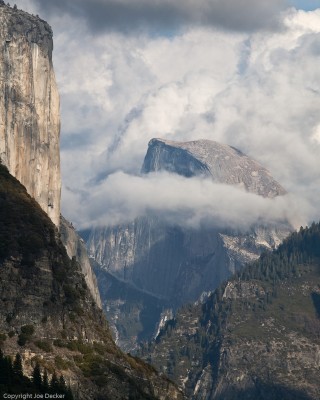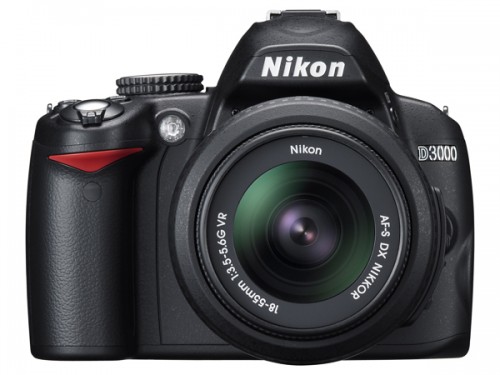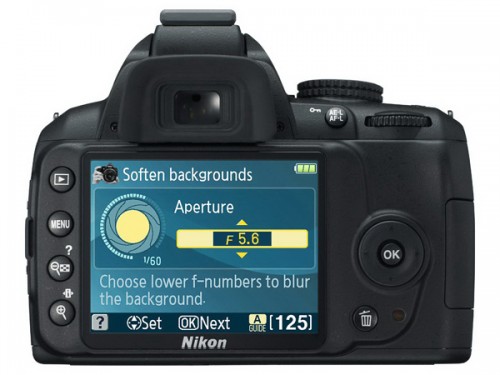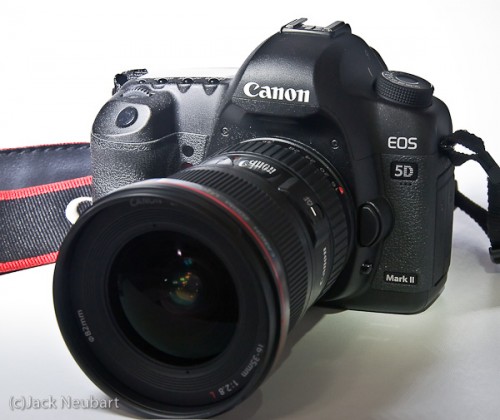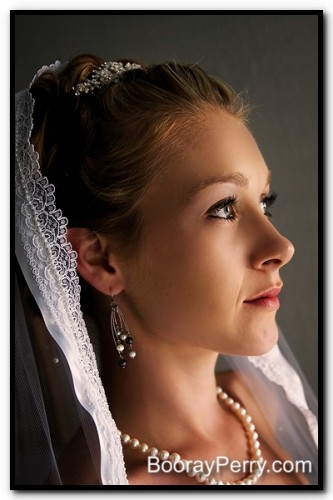The Tuesday Composition: Compositional Shapes
If you like this article, you can now get the book! Joe has expanded the “Tuesday Composition” series into an inspiring new ebook on composition, especially for nature photography. Check it out: The Tuesday Composition.
In previous posts in this series, I’ve talked a lot about how the elements within an image play into how we view it. How lines guide our eye through images, how highlights in the image attract our eyes, how the direction things are moving, or looking into, play into composition. But for much of this conversation we’ve ignored one of the elephants in the compositional room–the shape of the image as a whole. Is it square or rectangular, landscape or portrait, thick or thin? For the rest of this article I’ll call this the “format” of the picture. (I apologize in advance for any confusion with other senses of the word format, e.g., medium-format.)
Often, the choice of what format to compose our image within isn’t made consciously. Instead, often we (and I include myself in this) are guided by what camera we use, and pragmatic considerations about presentation and framing. Most of my images have a 3:2 aspect ratio. It will come as no surprise that this is the same format as the sensor in my digital cameras, as well as the format of the openings in the standard window mats I buy in quantity. This isn’t entirely bad, it does help create a certain consistency of “look” to shows of my work. Still, it’s not a choice that should usually be made unconsciously. Some images, some ideas just work better in different formats than others, and with the plethora of pixels that come out of modern digital SLRs, often little is lost when we crop an image to improve it. (more…)
